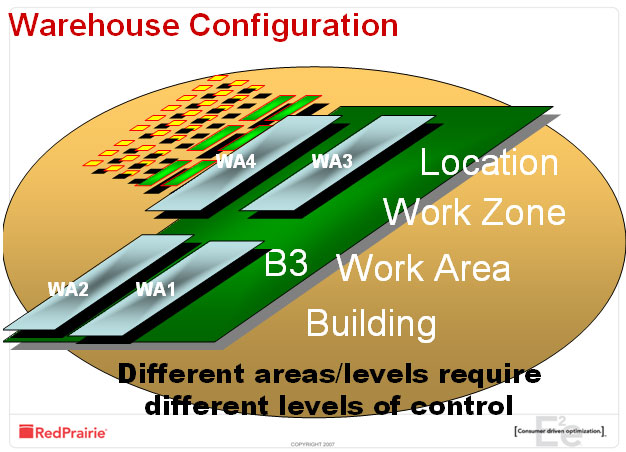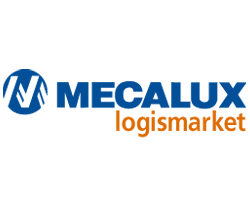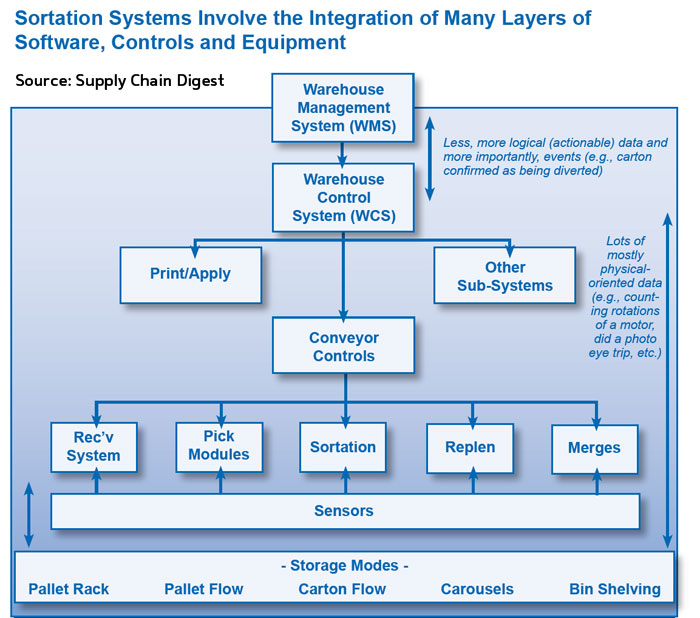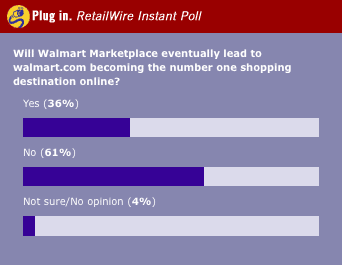"Task management" is the defining capability of a real-time Warehouse Management System (WMS).
With task management, a WMS assigns work to operators based on the "3 P's" - Permission, Proximity, and Priority. This also enables the possibilty of "task interleaving," or combining tasks, such as a putaway with a replenishment move, to reduce deadheading and increase productivity.
But there is a lot of sophistication required to make that work to its optimum level, both in the scope of a given WMS' capabilities and in thinking about how the DC's logical set-up can deliver the best task management engine peformance.
For example, how should a DC complex, which may actually include multiple buildings, be best "defined?" Even if it is a single building, defining such items as work areas, work zones and the location schemes all go into the data model that the task engine will use to optimize what tasks are assigned to each operators, as shown below."

[Source: RedPrairie]





